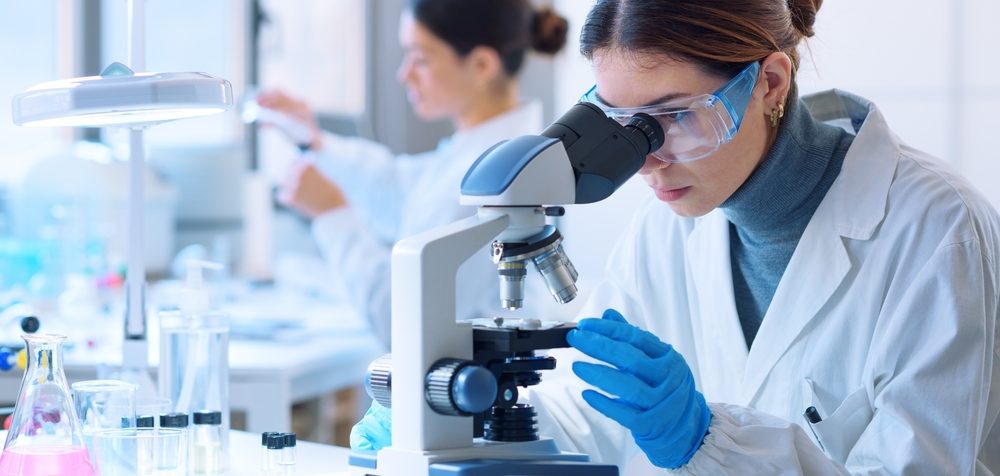
Researchers at the University of Colorado Boulder have developed a new method of counting microorganisms that could revolutionize the way microbiology experiments are conducted, allow clinicians to diagnose and treat infections faster, and aid researchers in testing potential new antibiotics in a fraction of the time. The new technique works as much as 36 times faster than conventional methods, cuts plastic use more than 15-fold, and substantially decreases the cost and carbon footprint of biomedical research.
“We are in the middle of a silent pandemic of antimicrobial resistance and there is an urgent need to speed up the discovery of new antibiotics,” said Anushree Chatterjee, associate professor of chemical and biological engineering at CU Boulder. “We believe this new method can do that, and much more.”
For almost a century, microbiologists have used the colony-forming unit (CFU) assay, a simple method for counting bacterial cells in a sample. CFU begins with diluting the sample down into eight to 10 different concentrations, putting drops from each into petri dishes filled with nutrients, waiting hours or days for individual colonies to form, and then counting them. The CFU process is laborious and wasteful, and produces quantities of discarded plastic.
CU-Boulder’s new method – called the Geometric Viability Assay (GVA) – replaces this multi-step process with a one-step process, using simple geometry and math. Rather than manually dividing the samples into numerous subsamples to make counting colonies easier, GVA counts colonies in one place, inside a portion of the cone of a single pipette tip, and then uses multiplication to calculate total concentration.
“We are using the same kinds of math that can help students estimate the number of M&M’s in a jar,” said first author Christian Meyer, from the departments of Molecular, Cellular and Developmental Biology and Chemical and Biological Engineering at CU. “Instead of counting all the M&M’s individually, a clever student might count the bottom layer and then multiply by the height.”
In laboratory tests measuring common bacteria like E. coli and Salmonella enterica, the team found that while preparing 96 samples took three hours by classical methods, GVA took 5 minutes—a 36-fold time savings. Using GVA, a single researcher could accurately measure the microbial concentration of 1,200 samples in a single day, the study found. The team has created a website, and are now working to develop a smartphone version that scientists and the general public can use.
